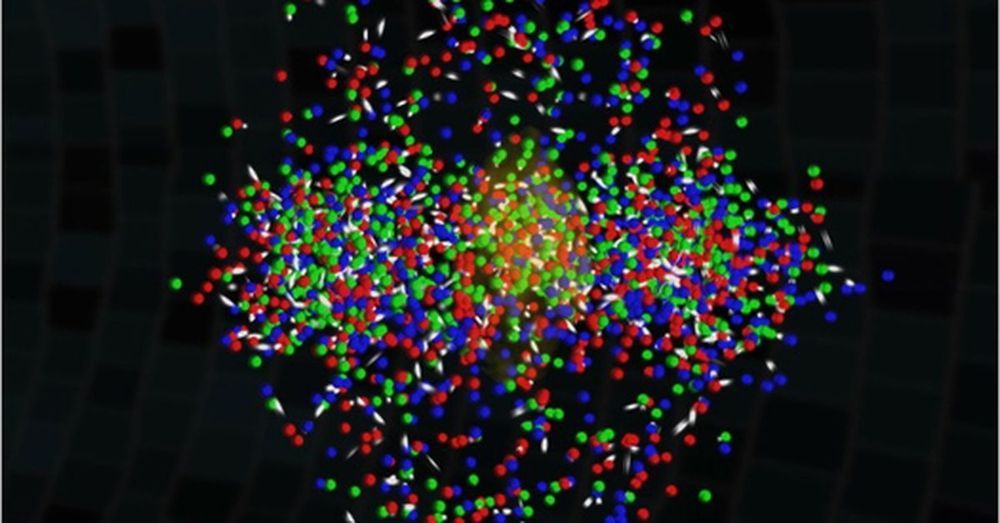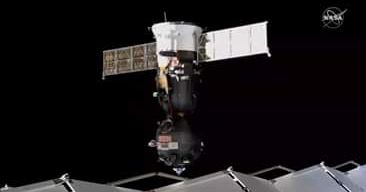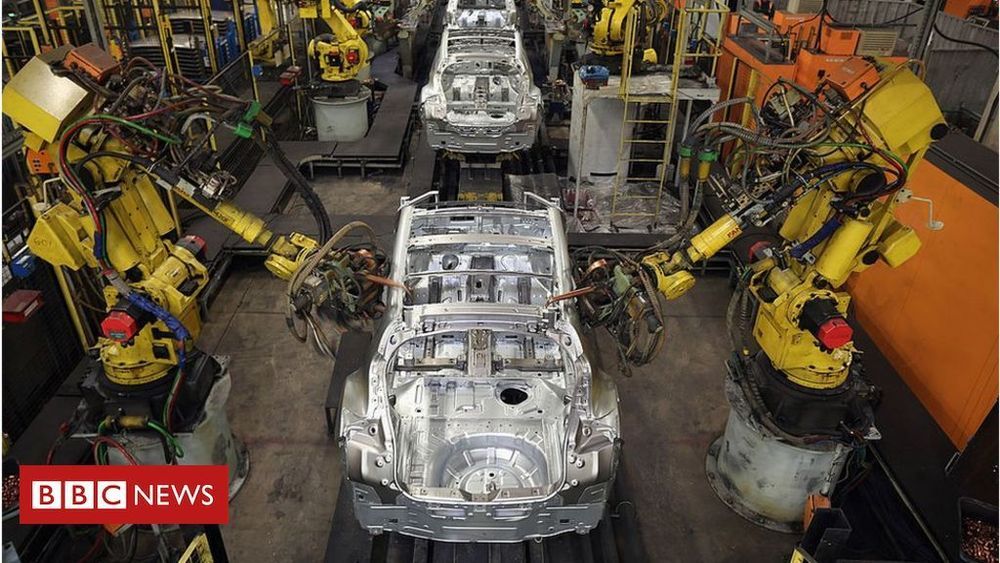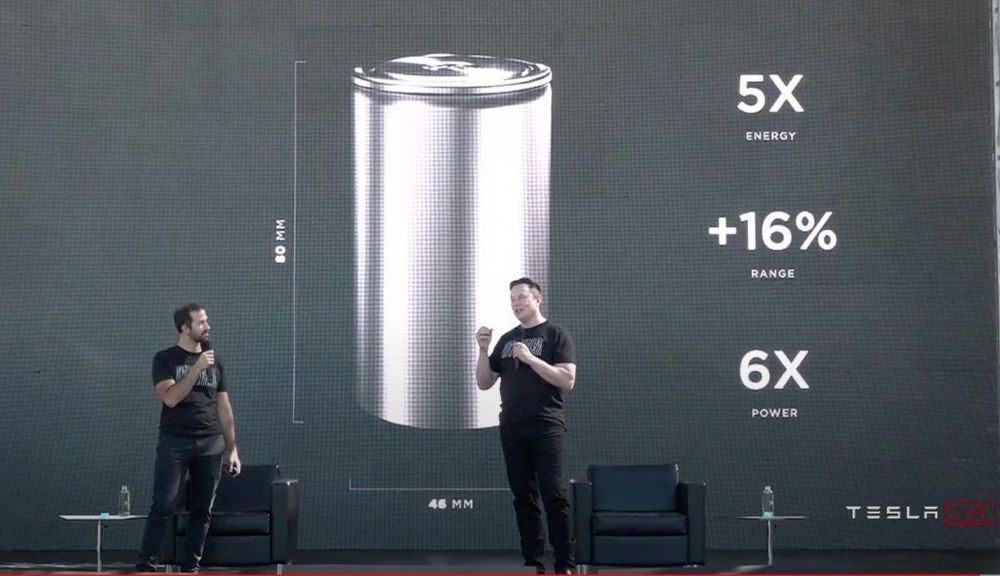If you’re reading this out of morbid curiosity because spiders freak you out, consider that most spiders you see are average-sized, relatively banal arachnids. What would do if you ran into the most massive spider in the world? If you ever find yourself in that position, you can take solace in the fact that it probably won’t attack you. Believe it or not, despite its size, the Goliath birdeater is just another spider trying to make its way in the world. If you know a few amazing Goliath birdeater facts, you might even have a bit of fondness for these mammoth web-spinners.
Being the biggest spider in the world comes with perks. Being bigger than the average human hand means you can take on large prey (it is, after all, called the birdeater, athough that’s a bit of a misnomer), and not many animals will want to fight you. However, the Goliath birdeater isn’t as deadly as some of its smaller brethren, who pack so much poison they could kill a horse with a few nibbles. Curious about spiders? Terrified of arachnids? Stoned and trawling the Internet? Regardless of why you’re here, you’ll find some dank, juicy morsels about the largest spider species in the world.








